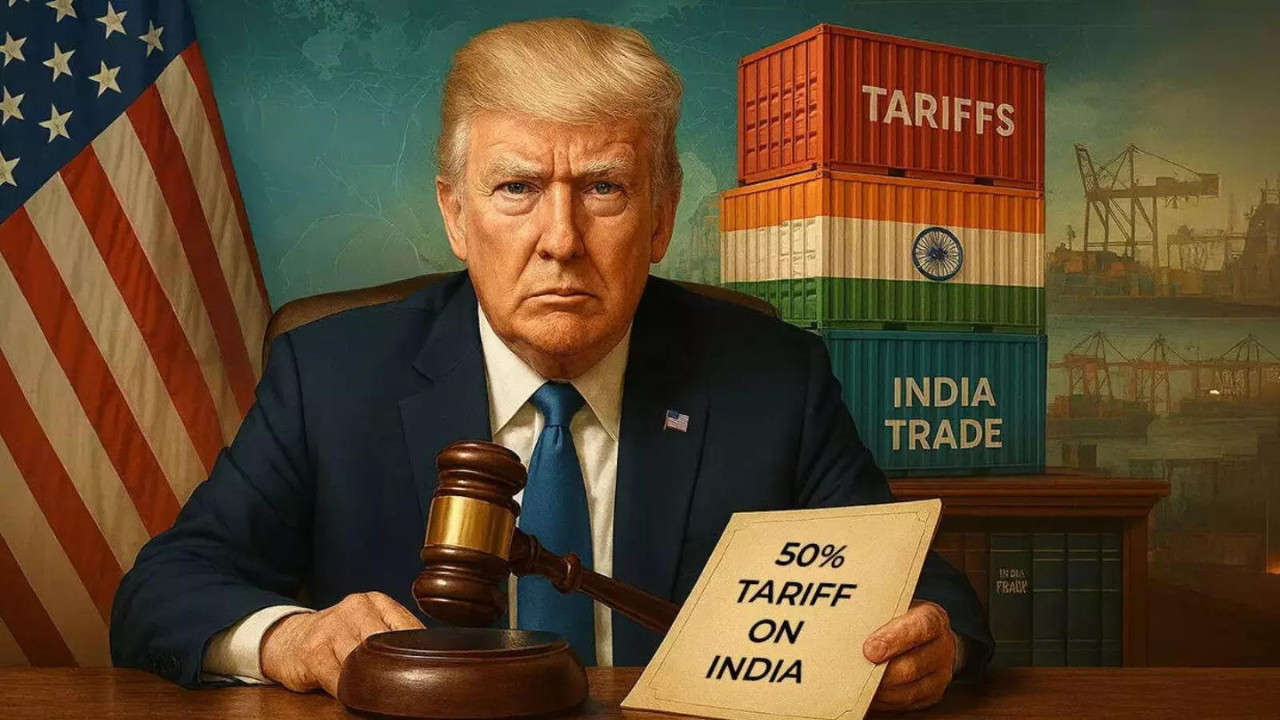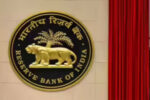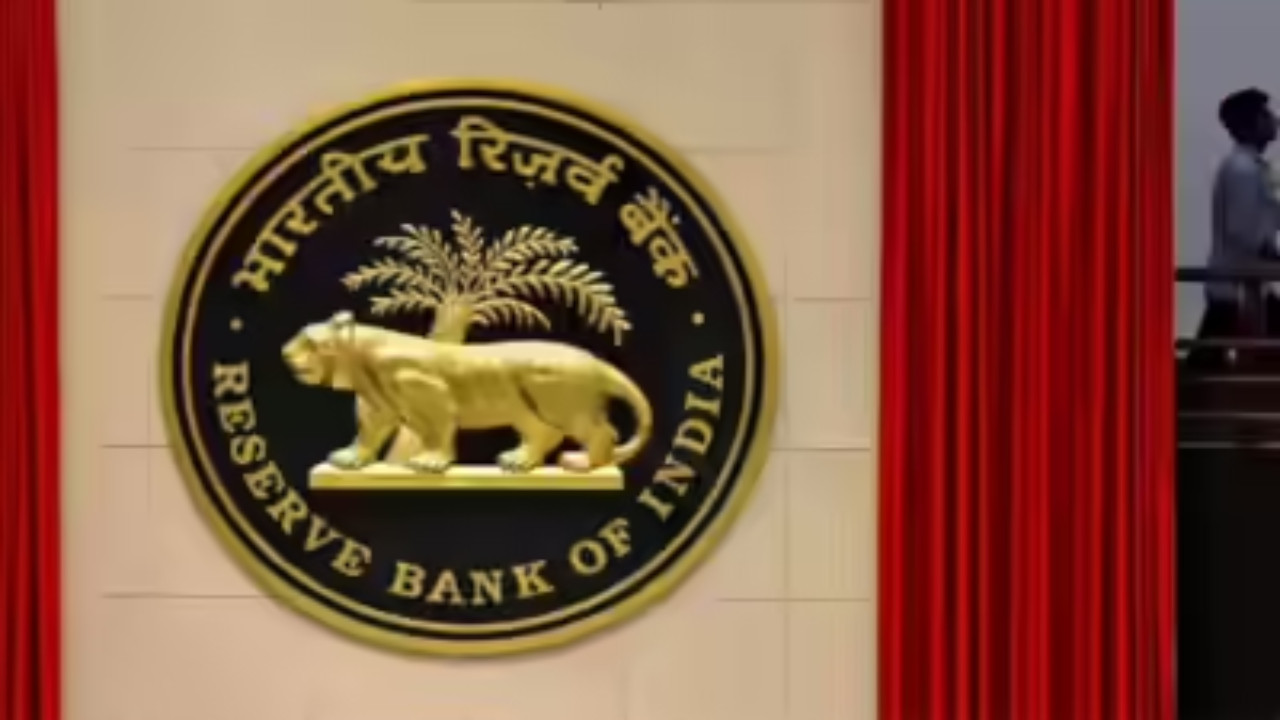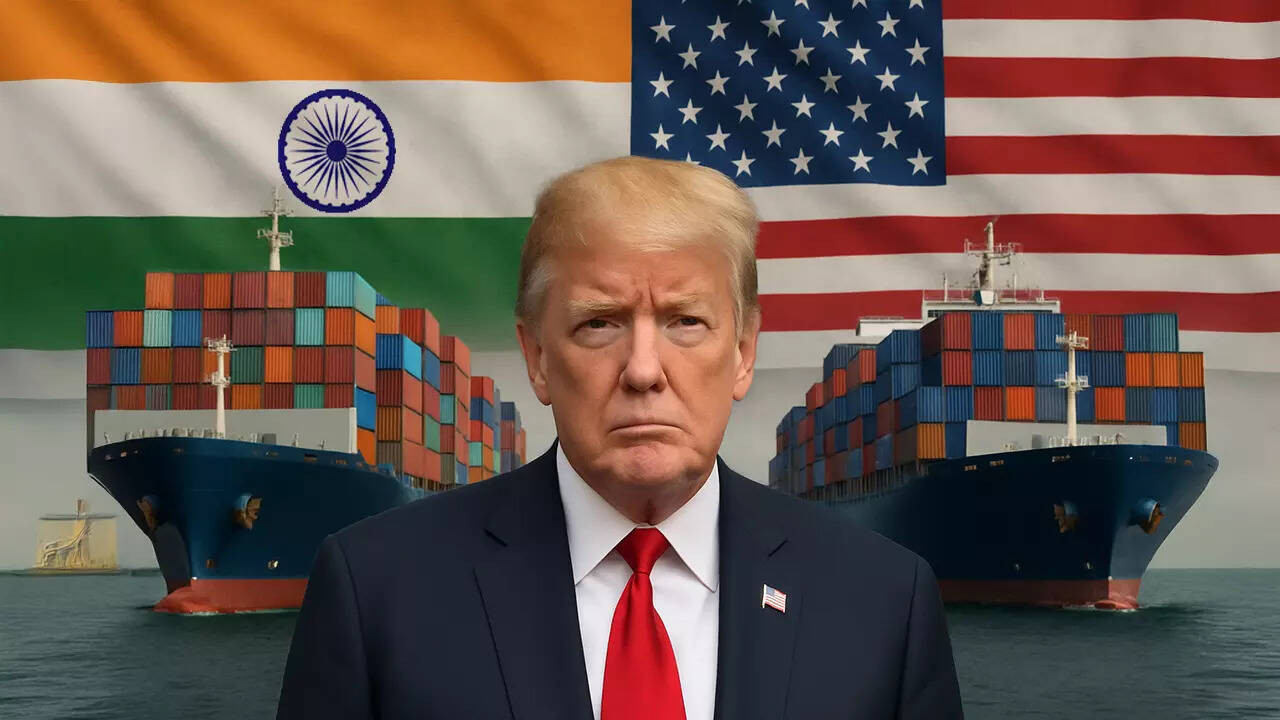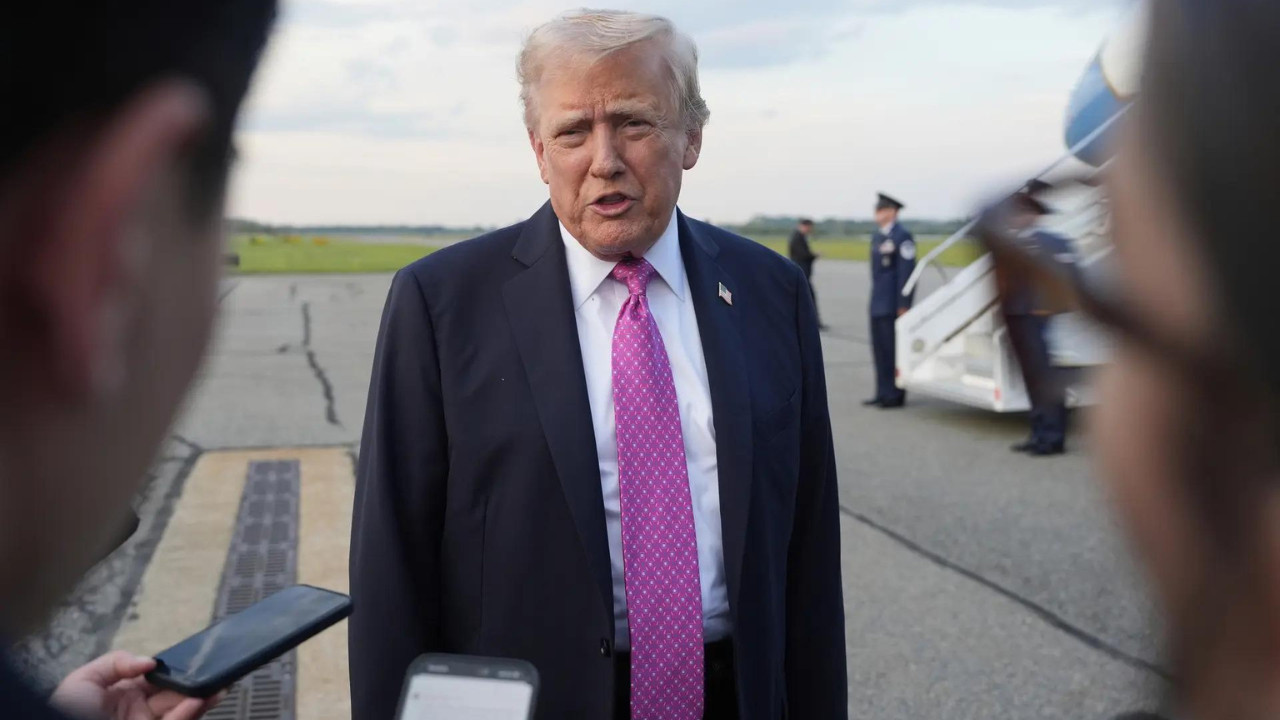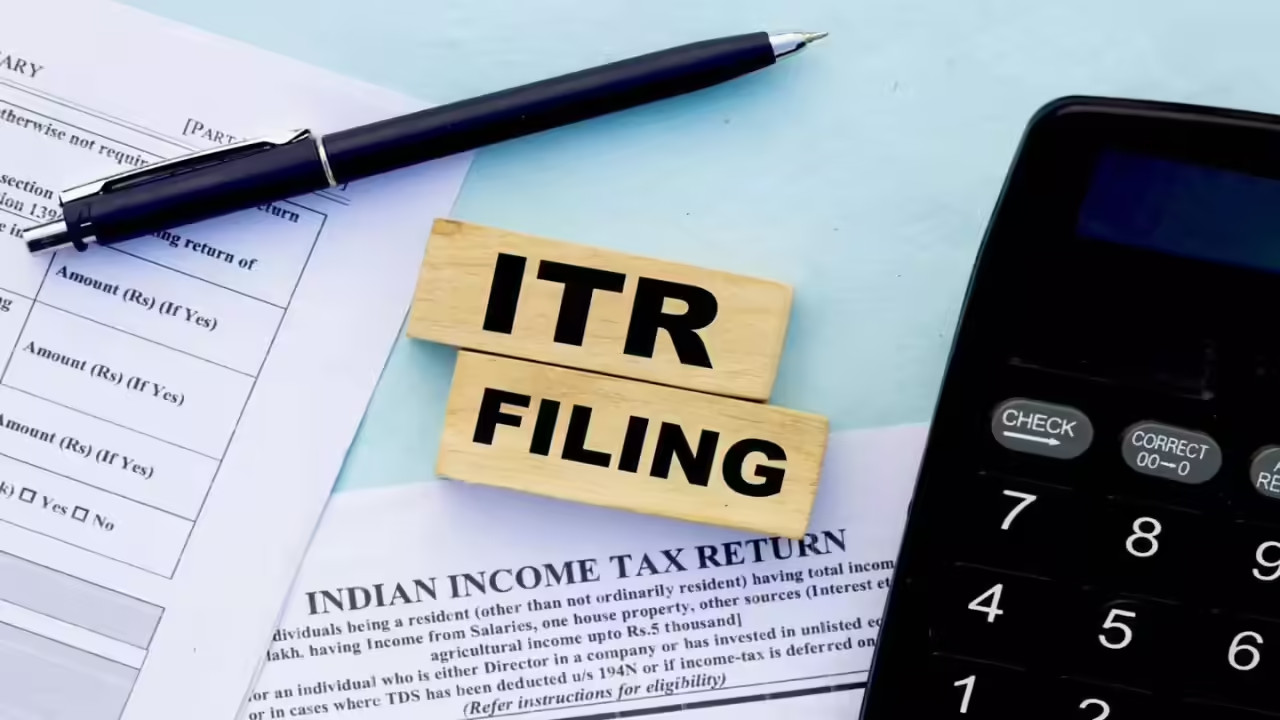Chief Economic Advisor anticipates India’s economy to grow between 6.3% and 6.8% in FY26, dismissing concerns about high US tariffs causing significant risks. The economy expanded by 7.8% in April-June, driven by a robust farm sector, outpacing China’s growth. Manufacturing activity remained steady, contributing to the overall positive economic outlook.
India’s Economy: Navigating Global Headwinds with Optimism
The global economic landscape feels a bit like navigating a sailboat through choppy waters. There’s always a new gust of wind, a shifting current, or an unexpected wave threatening to throw you off course. And India, with its rapidly growing economy, is certainly feeling the spray. But is it about to capsize? Not if Chief Economic Advisor (CEA) V. Anantha Nageswaran has anything to say about it.
Nageswaran recently offered a rather buoyant assessment of India’s economic prospects, even in the face of potential turbulence. The US tariffs, a looming concern for many export-oriented nations, aren’t expected to derail India’s growth story for long. He paints a picture of resilience, emphasizing the nation’s inherent strengths and proactive policy measures.
The US Tariffs: A Fleeting Concern?
The United States, a significant trading partner, introducing tariffs inevitably raises eyebrows. It stirs anxieties about reduced export competitiveness and potential ripple effects across various sectors. The CEA acknowledged these concerns but projected the impact to be short-lived, implying that the Indian economy possesses the agility to adapt and find alternative pathways to maintain its momentum. This perspective suggests a belief in India’s diversified export portfolio and its ability to tap into new markets and strengthen existing partnerships. Perhaps this is a sign that India’s Economy is much stronger than naysayers believe?

India’s Economic Trajectory: A Steady Climb
Looking beyond the immediate challenges, Nageswaran offered a glimpse into India’s projected economic growth for fiscal year 2026, pegging it at a healthy 6.3% to 6.8%. This forecast, while not overly exuberant, suggests a steady and sustainable upward trajectory. He emphasized that this growth will be driven by a combination of factors, including increased domestic consumption, strategic investments in infrastructure, and a favorable policy environment that fosters innovation and entrepreneurship.
But what about the global economic slowdown? Aren’t we all supposed to be bracing for impact? Nageswaran’s message seems to be one of cautious optimism. While acknowledging the external risks, he appeared confident that India’s internal strengths and proactive policy responses would help it weather the storm. It’s a testament to the government’s commitment to creating a resilient and self-reliant economy.
Consider India’s strategic focus on manufacturing through initiatives like “Make in India,” which aims to transform the country into a global manufacturing hub. This approach not only boosts domestic production but also reduces reliance on imports and enhances export competitiveness.
Beyond GDP: The Broader Picture
Economic growth isn’t solely about numbers on a spreadsheet. It’s about improving the lives of citizens, creating opportunities, and fostering inclusive development. Nageswaran likely kept this in mind when discussing the government’s commitment to social welfare programs and initiatives aimed at addressing inequality. A truly sustainable economic model requires equitable distribution of wealth and opportunities. For more insights on sustainable growth, check out this related article on [sustainable business practices](/sustainable-business).
Navigating the Future: Adaptability is Key
India’s economic journey is a marathon, not a sprint. There will be inevitable bumps along the road, unforeseen challenges, and moments of uncertainty. What sets India apart, according to Nageswaran’s assessment, is its ability to adapt, innovate, and respond effectively to these challenges. It requires a constant reassessment of strategies, a willingness to embrace new technologies, and a commitment to fostering a collaborative ecosystem where businesses, government, and citizens work together to achieve shared goals. The ability to quickly adapt is important for navigating India’s Economy in an ever-changing global environment.
Ultimately, Nageswaran’s perspective paints a picture of an economy on a firm footing, capable of weathering global headwinds and continuing on its growth trajectory. While challenges remain, India’s inherent strengths, combined with proactive policy measures, provide a solid foundation for future success. The focus now should be on continuing to build resilience, fostering innovation, and ensuring that the benefits of economic growth are shared by all.
